In today's digital age, high-speed data transmission has become a necessity for businesses and individuals alike. Whether it's for streaming videos, downloading files, or accessing cloud-based applications, fast and reliable internet connectivity is crucial. That's where the ASU Layer Stranded Type Outdoor Optical Fiber Cable comes in.
In this article, we'll take a closer look at the ASU Layer Stranded Type Outdoor Optical Fiber Cable and how it is revolutionizing high-speed data transmission.
What is an ASU Layer Stranded Type Outdoor Optical Fiber Cable?
An ASU Layer Stranded Type Outdoor Optical Fiber Cable is a type of fiber optic cable designed for outdoor use. It consists of multiple strands of optical fibers that are bundled together in layers, surrounded by a protective outer sheath.
The ASU Layer Stranded Type Outdoor Optical Fiber Cable is designed to withstand harsh weather conditions, such as extreme temperatures, rain, wind, and UV radiation, making it ideal for use in outdoor environments.
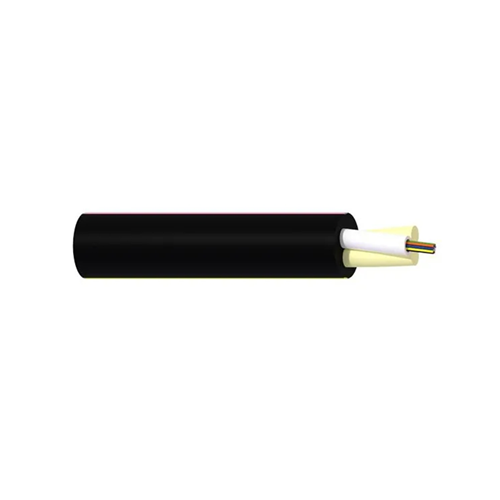
How Does an ASU Layer Stranded Type Outdoor Optical Fiber Cable Work?
An ASU Layer Stranded Type Outdoor Optical Fiber Cable works by transmitting data as light pulses through the optical fibers. The optical fibers are made of glass or plastic and are extremely thin, about the diameter of a human hair.
The light pulses travel through the optical fibers, bouncing off the walls of the fibers in a process called total internal reflection. The light pulses travel at high speeds, reaching up to 186,000 miles per second, which allows for fast and reliable data transmission.
What are the Benefits of an ASU Layer Stranded Type Outdoor Optical Fiber Cable?
ASU Layer Stranded Type Outdoor Optical Fiber Cables offer several benefits over traditional copper cables, including:
High-Speed Data Transmission: Optical fibers can transmit data at high speeds, providing fast and reliable internet connectivity.
Greater Bandwidth: Optical fibers can carry a greater amount of data than copper cables, making them ideal for streaming videos and other data-intensive applications.
Resistance to Interference: Optical fibers are immune to electromagnetic interference, making them less susceptible to data loss and signal degradation.
Long-Distance Transmission: Optical fibers can transmit data over long distances without loss of signal quality.
Durability: ASU Layer Stranded Type Outdoor Optical Fiber Cables are designed to withstand harsh weather conditions, making them more durable than traditional copper cables.
What Should You Consider When Choosing an ASU Layer Stranded Type Outdoor Optical Fiber Cable?
When choosing an ASU Layer Stranded Type Outdoor Optical Fiber Cable, consider the following factors:
Fiber Type: Choose a fiber type that is suitable for your application, such as single-mode or multi-mode fibers.
Cable Length: Choose a cable length that meets your needs, taking into account the distance between the two endpoints.
Connector Type: Choose a connector type that is compatible with your devices.
Price: Consider your budget when choosing a cable, but remember that high-quality cables are a worthwhile investment.
ASU Layer Stranded Type Outdoor Optical Fiber Cables are the future of high-speed data transmission. They offer fast and reliable internet connectivity, greater bandwidth, resistance to interference, and durability in harsh weather conditions. By considering the factors we've discussed, you can choose the perfect ASU Layer Stranded Type Outdoor Optical Fiber Cable for your needs and enjoy fast and reliable internet connectivity.
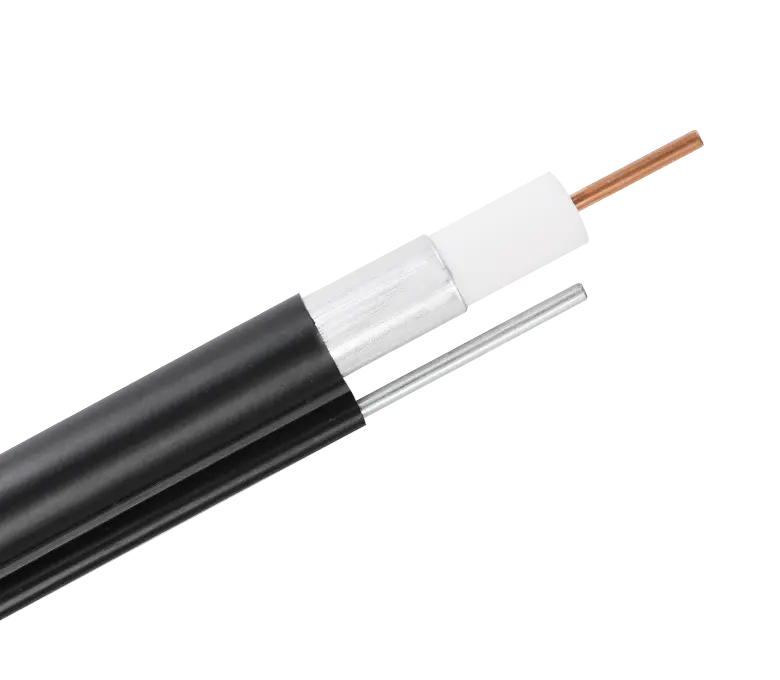
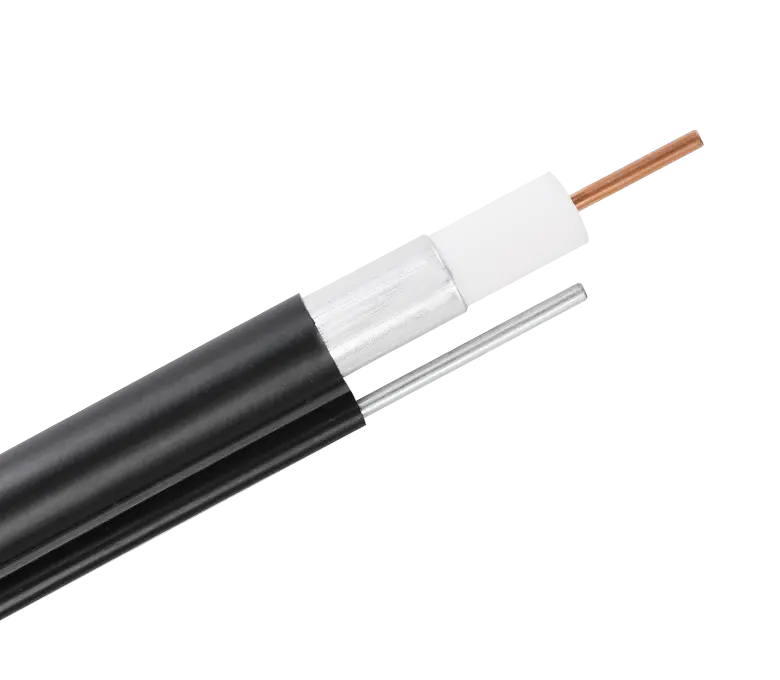
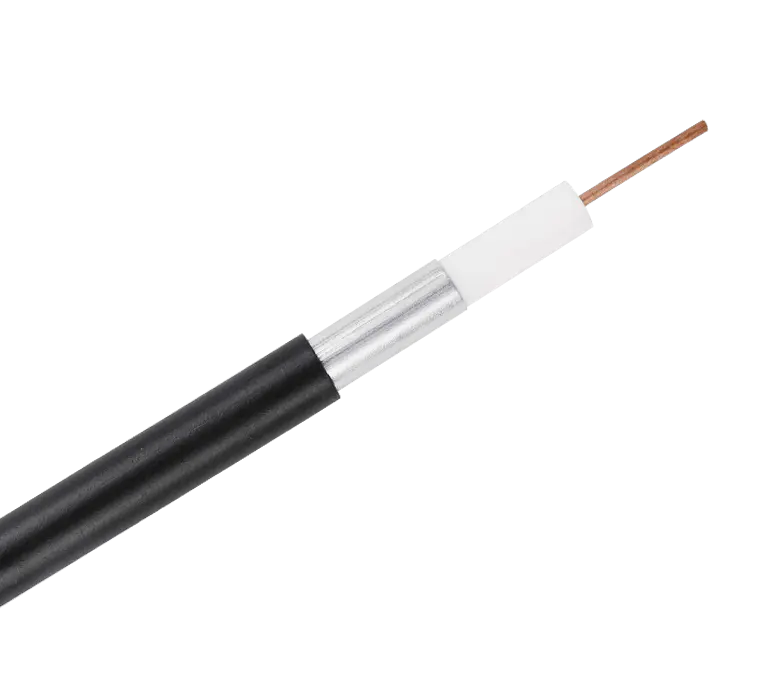
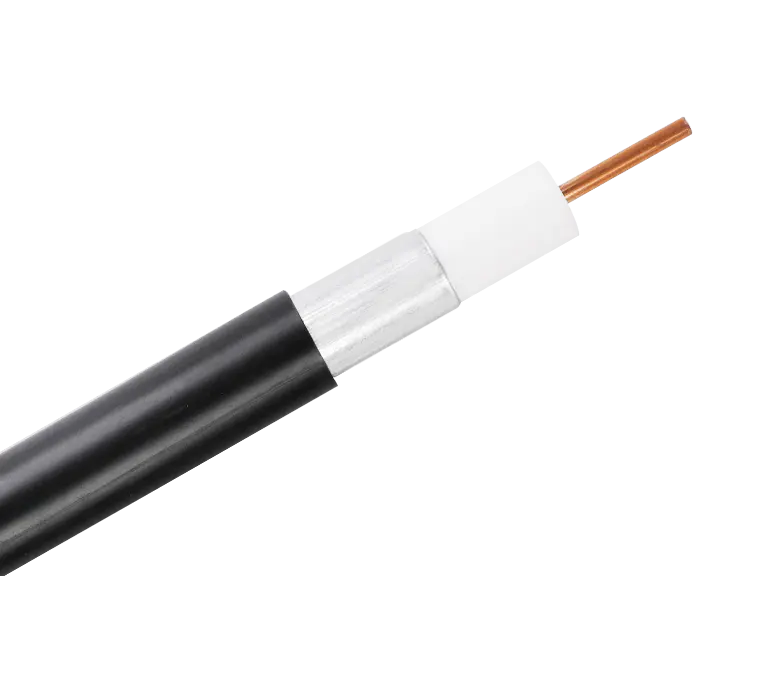
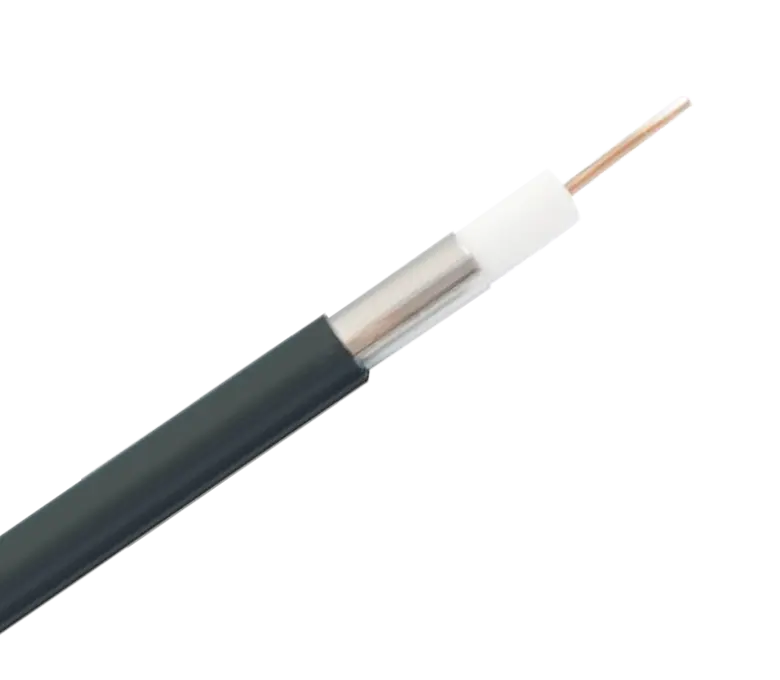
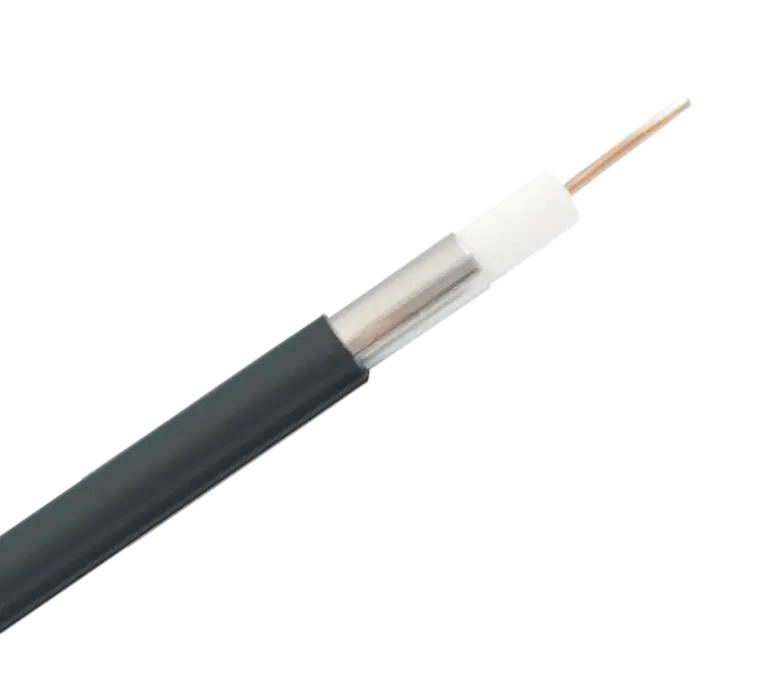
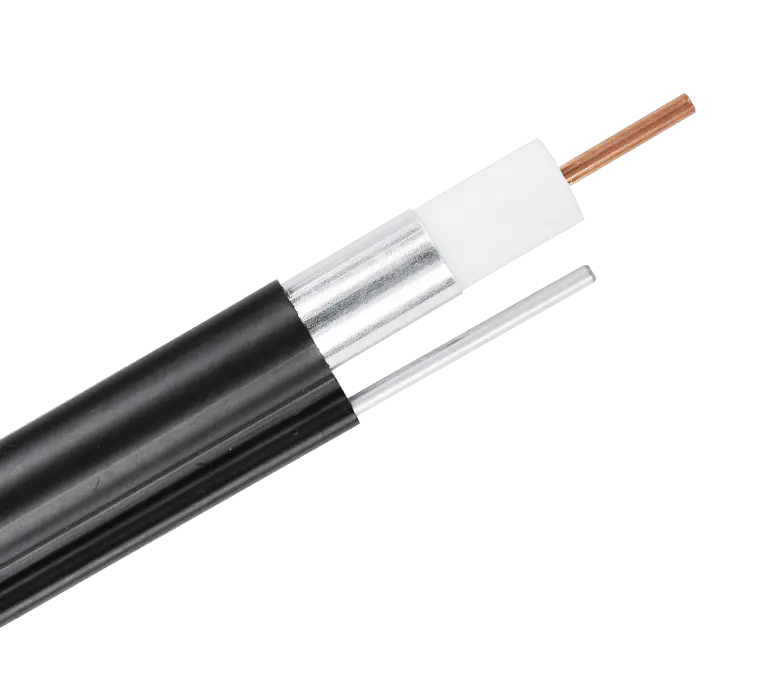
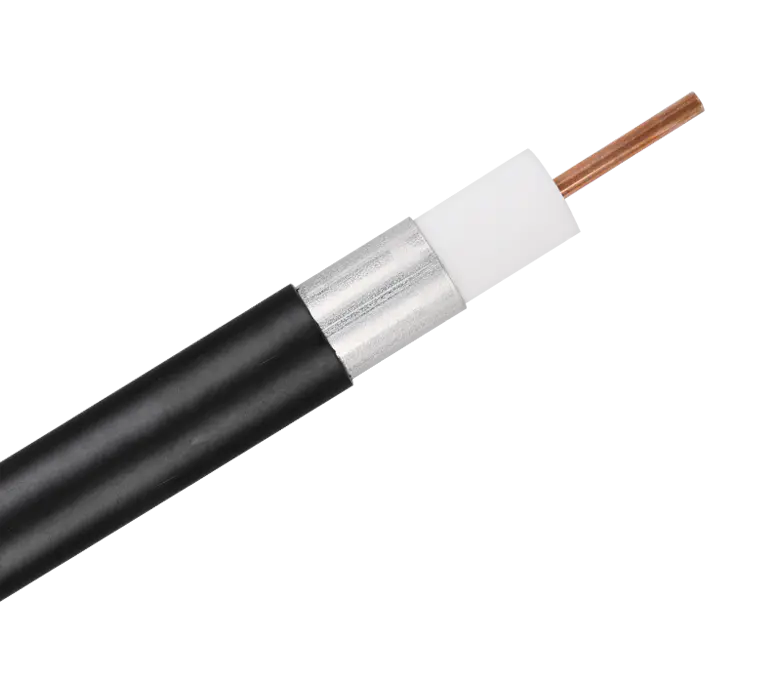
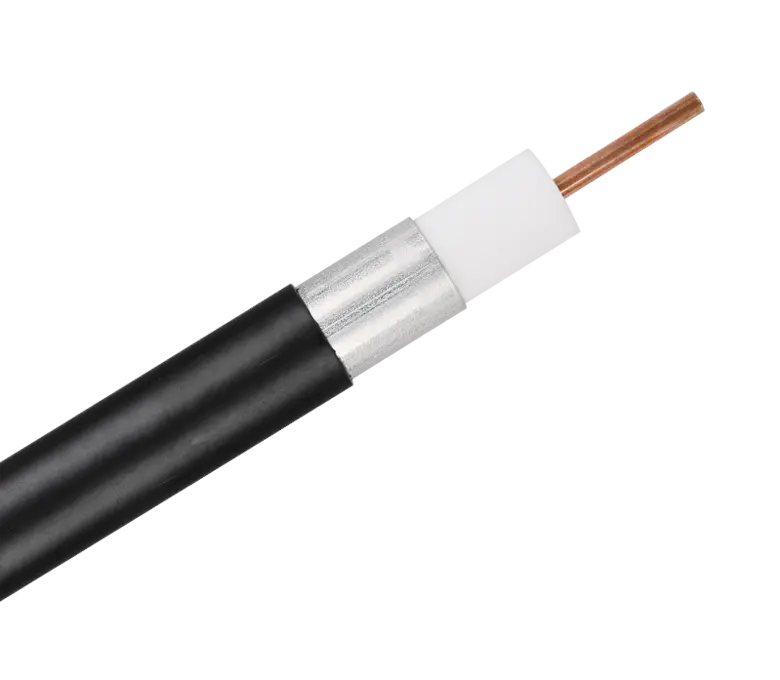
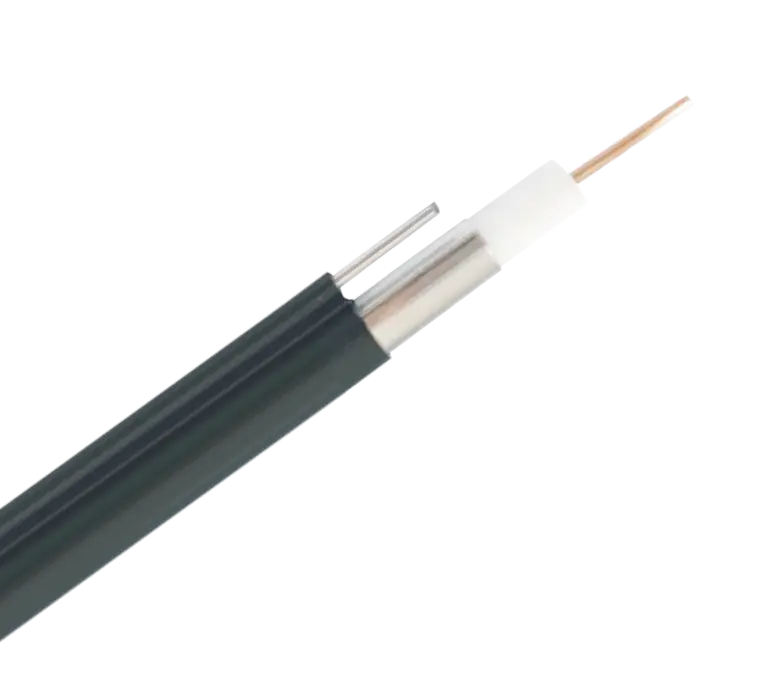
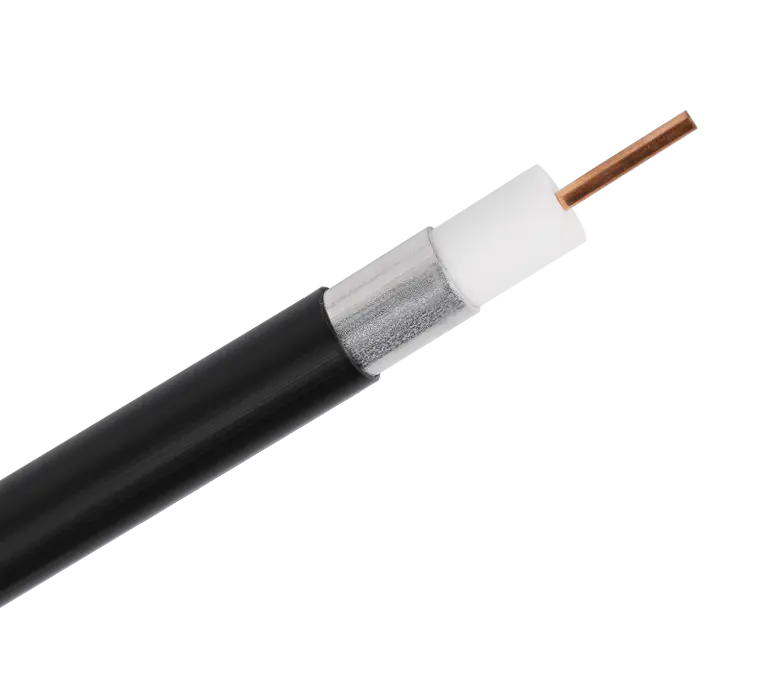
 浙公网安备33018502001191号
浙公网安备33018502001191号